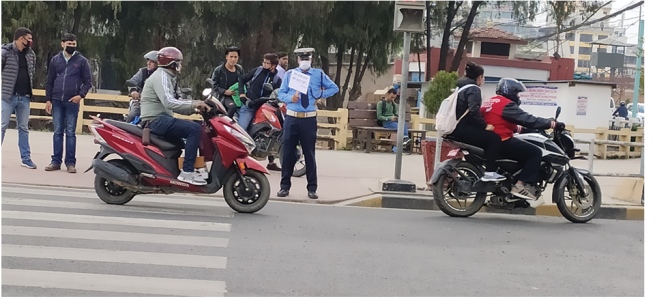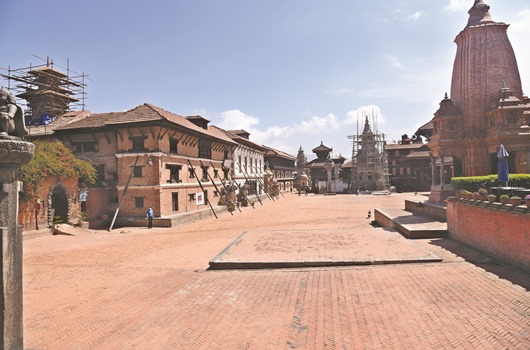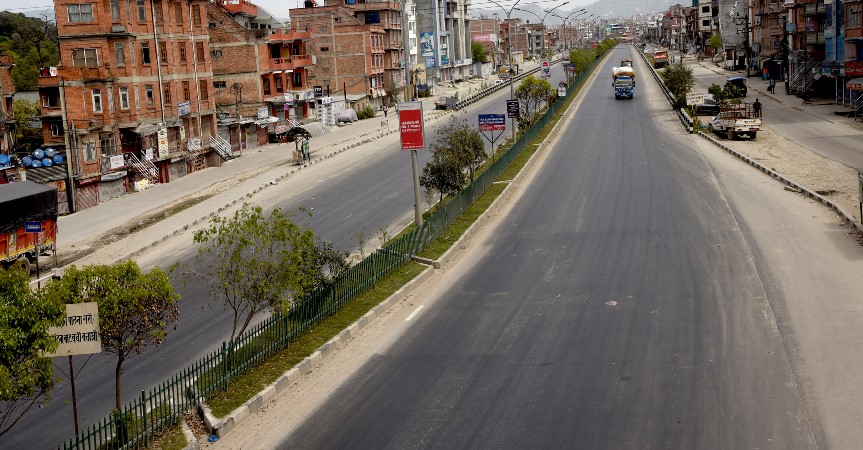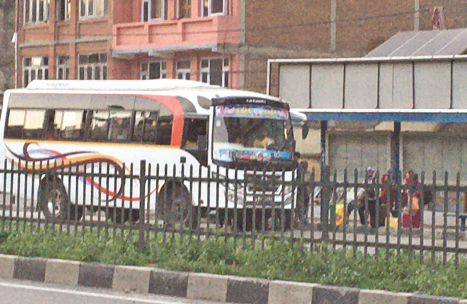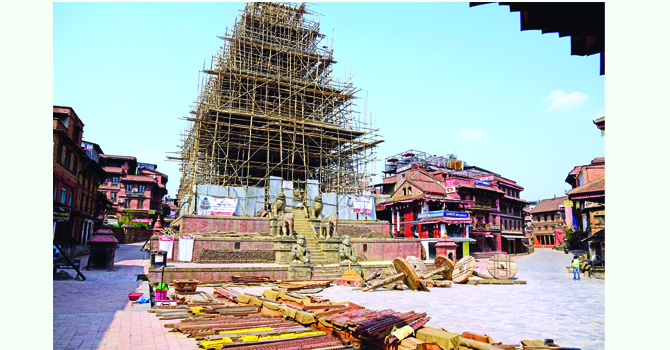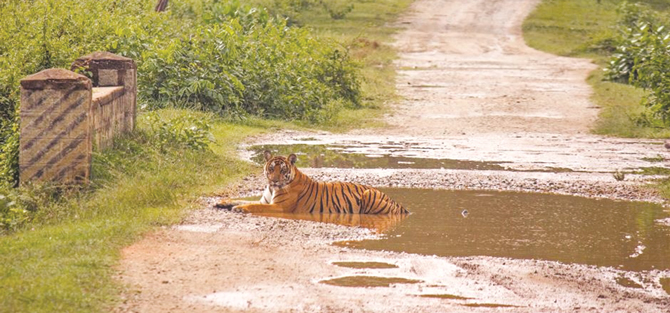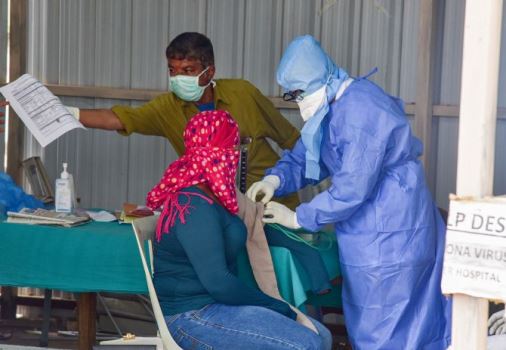Landslides, floods claim 254 lives this monsoon season

By Indira Aryal
Kathmandu, Aug. 26: Landslides have been a major cause of deaths this season with rains that still continue in different parts of the country. At least 54 districts have witnessed damages of property and human loss and 254 people have died since the onset of pre-monsoon and then monsoon this year. Jugal Gaunpalika of Sindhupalchowk witnessed the worst landslide on August 14, which killed 33 lives while six people are still missing.
Some 152 people were injured, out of which 20 per cent are still receiving treatment in different hospitals in the country. Eighty-one persons are still missing, and the search is going on.
The death toll due to landslides and floods has almost doubled this year. Last year 156 people were killed in the landslide and flood disasters.
The major cause of landslides has been heavy rainfall and use of heavy equipment in the construction of roads and developmental activities.
According to Murari Wasti, spokesperson of the National Disaster Risk Reduction and Management Authority (NDRRMA), the rainfall was 260 per cent higher compared to previous year, which caused damages mostly in 54 districts of the country.
“The pre-monsoon rains were regular this year and that made the land saturated, and with continued heavy rains, landslides occurred surprisingly,” Wosti said.
Use of heavy equipment while constructing roads, dams and other development works also caused more landslides this year than the previous years. “Development is not only constructing the roads, but people want to bring vehicles at their doorsteps without thinking of further damages,” he said.
Watershed management and climate change expert Madhukar Upadhyay attributed more casualties this year to the lack of landslide forecast systems. “Nepal is doing well in the forecast in flood, which saved many people last year in the Terai area but there is no effective way to forecast heavy rains in the landslide-prone zones. If there was effective forecast technology like that of flood, people might be alert to disaster. There might be property loss but human loss could be saved,” Upadhyay said.
There is not enough safe place where people could be relocated as most of the settlements are in the hilly areas, but casualties could be minimized by developing a technology to alert them, he added.
“Had there been an accurate and timely forecast in the rainfall system, the casualties in Ramaroshan Gaupalika in Accham district could be reduced,” he said.
He said that the so-called development process is also causing more damage in the hilly areas as people think development means only the construction of roads and big buildings, which is not true.
“Due to the steep topography and the age of our mountains which were shaken by the 2015 earthquake, along with increasing pattern of heavy rainfall, landslide hazard has increased. Both small and large scale construction activities, including roads, irrigation systems, and tunnels designed and constructed without considering landslide risks aggravate the situation,” he said.
“The world is discussing the effect of climate change and Nepal itself is not impervious to the problem. We can see the effect of climate change in the country as well.
The change in the rainfall pattern, heavy rainfall in one territory and dryness in another, increasing casualties might be due to the effect of climate change,” Upadhyay said.
Recent News

Do not make expressions casting dout on election: EC
14 Apr, 2022
CM Bhatta says may New Year 2079 BS inspire positive thinking
14 Apr, 2022
Three new cases, 44 recoveries in 24 hours
14 Apr, 2022
689 climbers of 84 teams so far acquire permits for climbing various peaks this spring season
14 Apr, 2022
How the rising cost of living crisis is impacting Nepal
14 Apr, 2022
US military confirms an interstellar meteor collided with Earth
14 Apr, 2022
Valneva Covid vaccine approved for use in UK
14 Apr, 2022
Chair Prachanda highlights need of unity among Maoist, Communist forces
14 Apr, 2022
Ranbir Kapoor and Alia Bhatt: Bollywood toasts star couple on wedding
14 Apr, 2022
President Bhandari confers decorations (Photo Feature)
14 Apr, 2022



